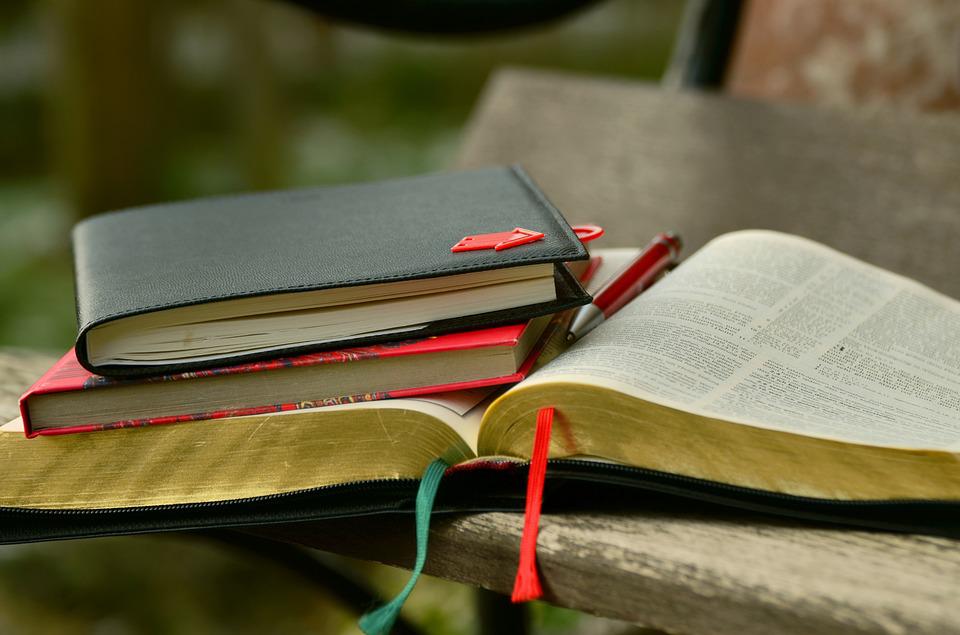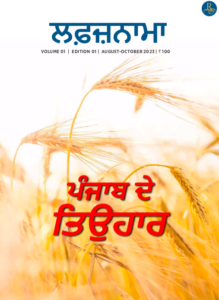AN ODE TO A BOOKMARK

When a bookmark tumbles out of an old book pristine and unwrinkled, it is like a gasp of breath from another century.
Don Borchert
I am a bibliophile’s delight and cherished possession. You can buy me from a shop on a fashionable street or a stall in a fair; gift me to your beloved or family and exchange me with your friends. I come in myriad shapes, sizes, materials, and designs. It can be made from wool, silk, paper, ribbon, cardboard, leather, wire, beads, plastic, vinyl, wood, felt, or metal. I can be homemade, readymade or custom-made depending upon the need and urgency. I am none other than the quintessential Bookmark, every reader’s joie de vivre who hates to dog-ear the gossamer pages of his tomes.
If you think I always led an ostentatious life and had the most magnificent beginnings, you are sadly mistaken for I come of humble origins, and contrary to popular belief my lineage can be traced to medieval times when I accompanied the Codices, the ancestors of the modern-day books, which were written on sheets of vellum, papyrus and other such materials. My mother tells me that my ancestors originally belonged to ancient Egypt and were made of small strips of parchment which were attached with pieces of cords or beads to the inside cover of the books. She says that my early ancestors were always attached to the book, unlike the recent ones who are detached and have an independent existence.
Not many know that my earliest surviving ancestor dates back to the 6th century A.D. and was recovered from the ruins of a monastery near Sakkara in Egypt. It is made of ornamented leather with vellum at its back and is attached to the cover of the codex with the help of a leather strap. Recently, I stumbled upon the genesis of my first detached ancestor. It turns out that my first detached forefather was curated in the 1850s and by the 1860s machine-made bookmarks were readily available in England with their attractive and colorful silk tassels and pictorial designs. Thomas Stevens, a 19-century silk weaver belonging to Coventry, England, produced a whopping 900 different designs of woven-silk pictorial bookmarks and his designed markers were called ‘Stevengraphs’ which became hugely popular as a gift item among people of the Victorian era.
It is believed that by the end of the nineteenth century my prevalent woven silk cousins started losing their popularity as they were being swiftly out-marketed by my affordable and printed cousins made of stiff paper or cardboard. Over the centuries, we have been given various epitaphs like ‘little friends’ ‘little helpers’, and ‘quiet companions’ of booklovers. We also have a day dedicated to us- February 25 is celebrated the world over as ‘World Bookmark Day. Our fans celebrate the day by organizing various activities including curating their own bookmarks. There are people who take pleasure and pride in collecting bookmarks and have developed a hobby out of it. Though popularized in England, the English are yet to come up with a title for a person who loves to collect bookmarks but the French call them ‘signopaginophile’ or ‘signetophile’, where the word ‘signet’ stands for ‘marker’.
So the next time you buy a book, remember to slide a bookmark to give a ‘quiet companion’ to it. Who knows their friendship may last longer than you or me!















